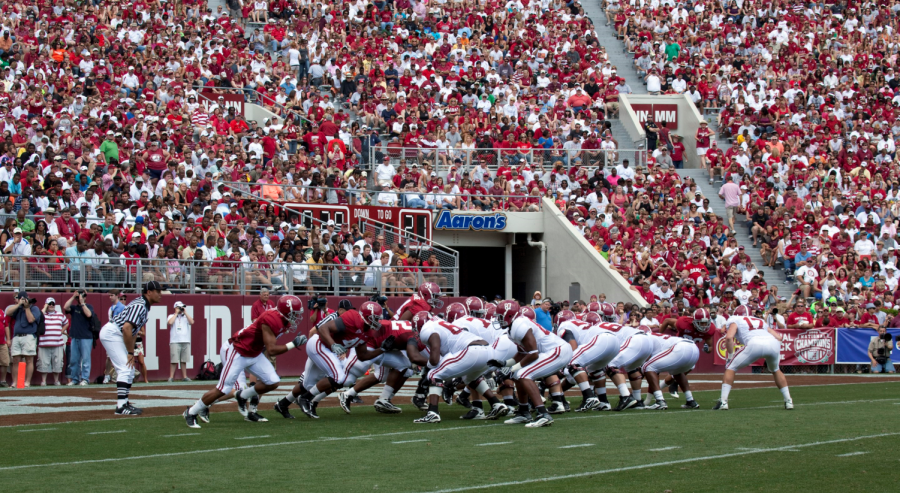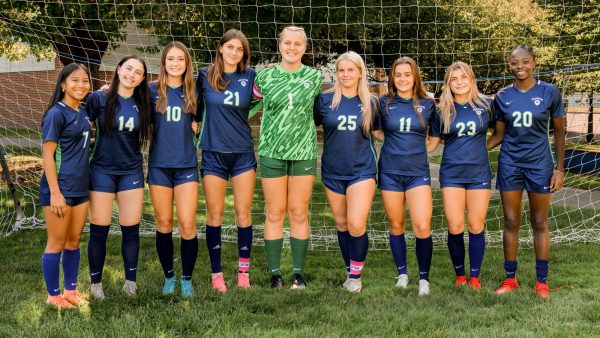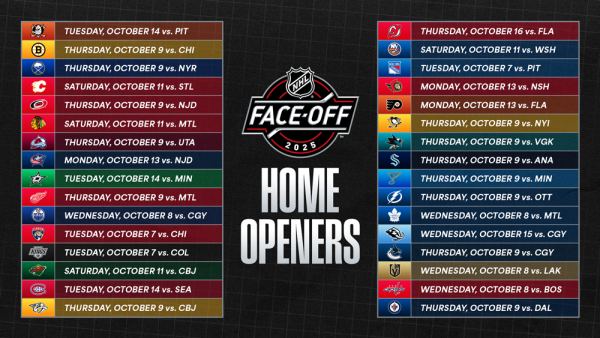Should College Athletes Be Paid?
The Alabama Crimson Tide beat the Georgia Bulldogs 26-23 in overtime of the College Football National Championship on January 8. Even though the college football season is over, the debate of whether or not college athletes should be paid is heating up. With the College Football National Championship bringing in high amounts of revenue, players are wondering: where is my cut of this deal?
According to Money Nation, a net worth and salary-tracking website, “the NCAA makes about $1 billion per year. College athletics as a whole pulls in about $12 billion annually.” None of this money is given to student athletes during their time at the university.
The Alabama Football program itself produces anywhere from $75 million to $100 million per season. This year, being a National Championship year, means they will end up closer to the $100 Million mark.
The same goes for Alabama’s Head Coach of 11 years, Nick Saban, who won his fifth National Championship this January. Saban’s salary ranges from $4 million to $7 million per season, based on performance. This makes him the highest paid head coach in all of college football.
But what about the athletes? Division 1 programs, along with the NCAA, make millions of dollars in revenue each year. Athletes themselves make the money for the programs and are required to work long hours and have stressful, high-demanding days.
NCAA rules prevent student athletes from making any money as undergraduate students.
Matt Porter, a Williston teacher and coach, who was a football player at Trinity College in Connecticut claims, “I think they should receive some money because a lot of these athletes go out and risk their well-being for a school that benefits more from the athlete. They [the school] makes such a profit from an athlete’s name and the players get none of it.”
Some people claim that the athletes do receive something: an athletic scholarship. Not all college athletes receive athletic scholarships, but for an athlete on a major Division 1 college program, like Alabama’s football team, the athletes are usually taken care of.
In the NCAA, Division 1 Football Programs give out an average of 88 scholarships each season with an average amount of $30,000 per player. A football powerhouse like Alabama has even more flexibility in their football program to provide full scholarships for their athletes.
In fact, the University of Alabama’s tuition is $30,000 in state and $48,000 out of state. Therefore, athletes are receiving anywhere from $120,000 to $192,000 in their four years at the University, along with a college education.
Ainsley Holman ’18 stated that the athletes also receive something else, “I think that these college athletes shouldn’t be paid because of the amount of exposure they’re getting. For example, Jalen Hurts, Alabama’s star QB, got so much national exposure this season. Therefore when he graduates and gets drafted, he’s going to have so many sponsorship opportunities as well as a well-paying NFL career.”
Rob Champigny is a four year senior and resident of Ford Hall. He hails from East Longmeadow, MA, and captains both the Cross Country team and the Lacrosse...












